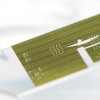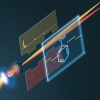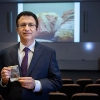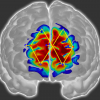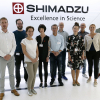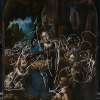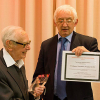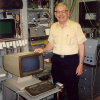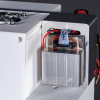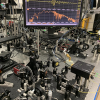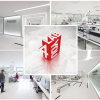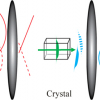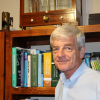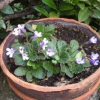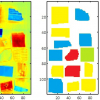Infrared Spectroscopy News
Researchers at ETH Zurich have developed a chip-based, infrared spectrometer based on waveguides rather than an interferometer.
Using ultrashort pulsed laser technology, infrared and Raman spectroscopy can be performed simultaneously.
NIR spectroscopy has been used to detect the presence of cholesterol in the arteries of mummified people who lived thousands of years ago.
fNIRS could help diagnose pain in non-communicative patients.
Scientists have designed an ultra-miniaturised device that could perform spectral imaging on single cells without the need for a microscope or perform spectroscopic analysis from a smartphone.
Shimadzu has opened a branch office in Sweden, which will market Shimadzu’s full range of analytical instrumentation solutions.
XRF mapping, infrared and hyperspectral imaging reveal early designs for Leonardo da Vinci’s The Virgin of the Rocks.
Specac opens new headquarters including manufacturing, office and demonstration facilities.
Nominations for the 2019 Norman Sheppard Award are invited.
We are sad to announce that Karl Norris passed away peacefully on 17 July 2019 at the age of 98.
A fast, tuneable quantum cascade laser can cover the fingerprint region in 1 ms.
The secret of how seals are able to spend 90 % of their lives at sea holding their breath, without starving their brains of oxygen, has been revealed using NIR spectroscopy.
Researchers at the National Institute of Standards and Technology (NIST) and collaborators have demonstrated a compact frequency-comb apparatus that rapidly measures the entire infrared wavelength region.
Young scientists can apply for laboratory bench space for their own research in “Shimadzu Laboratory World”.
Danish researchers have developed a high-resolution imaging method that can capture mid-infrared spectral images on the order of milliseconds.
The winner of the 2019 Tomas Hirschfeld Award is José Manuel Amigo Rubio. José obtained his PhD (Cum Laude) in Chemistry from the Autonomous University of Barcelona, Spain. Since 2007, he has been employed at the Department of Food Science of the University of Copenhagen, Denmark, and also as Guest Professor of the Federal University of Pernambuco, Brazil, since 2017. José’s research interests include NIR hyperspectral and multispectral image analysis in different research fields including food production, pharmaceutical research, forensic sciences.
The ABS Trust is seeking applications for the Gordon F. Kirkbright bursary award and the new Edward Steers bursary, both open to early career scientists.
A small group of plants known as “resurrection plants” can survive months or even years without water. NIR spectroscopy and aquaphotomics have made a significant step forward in understanding how they do it.
Plastics recycling is complicated by the need to recycle similar plastics together. The presence of flame retardants in plastics also needs to be identified, and NIR hyperspectral imaging can do this.

